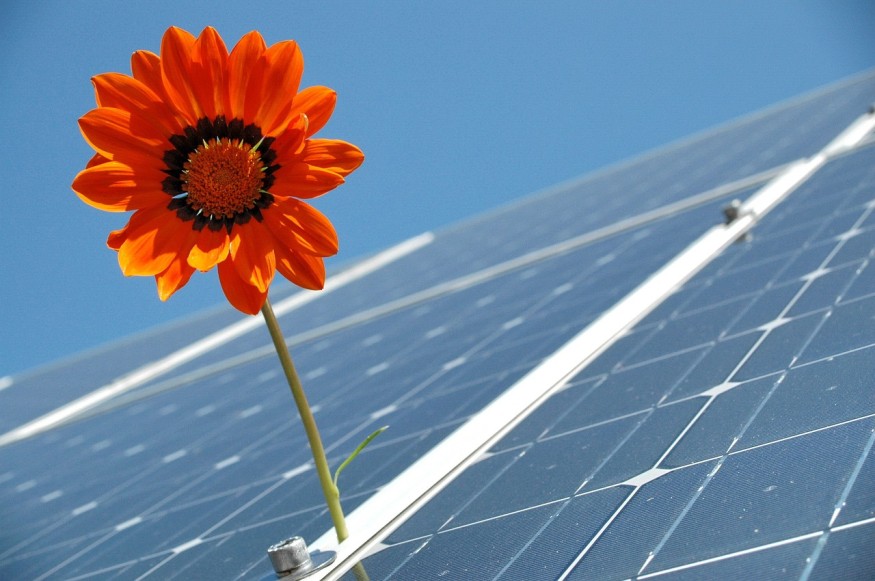According to analysts, green hydrogen produced from solar and wind energy may become the most inexpensive "transformative fuel," as termed by Australia's government.
Developed by this Decade
The government wanted to prioritize "clean hydrogen" as the low-emissions technology, which will eventually replace fossil fuels for transportation, electric power, and industry to help eliminate carbon emissions.
The government's recent statement on this technology says that the most inexpensive means of producing it for the short term will be through gas and "coal gasification" using CCS or carbon capture & storage. Production with the use of renewables will also lower in cost with higher demand.

According to a Bloomberg NEF analysis, green hydrogen may cost less than two dollars per kilo before 2030. This was shared by Bloomberg NEF Sydney global industrial decarbonization head Kobad Bhavnagri. He adds that fossil fuel hydrogen has such as small demand and does not fit this emerging industry model.
READ: Google Commits to Carbon-Free Operations By 2030
Hub for Asian Renewable Energy
Australia proposed its most ambitious project so far, called the Hub for Asian Renewable Energy, to be located in Pilbara. It will have 1,600 massive wind turbines plus a solar panel array occupying a 78-square kilometer area that will power hydrogen electrolyzers amounting to 14 gigawatts.
Alex Hewitt, the hub's director, says that the proposed project will become the largest power plant in the world, creating green hydrogen at a cost less than 2 dollars a kilo. He says it is a massive and intense renewable energy.
The plant will use the hydrogen mostly to make "green ammonia" that replaces gas in ammonia production. Ammonia, Hewitt says, is an efficient method for shipping hydrogen that does not require it to be in liquid form, expensive and challenging to transport.
According to Adam Bandt, Australian Greens leader, green hydrogen will enable Australia to export sunlight. He says that it is essential to have accurate and updated estimates for creating policies that will benefit consumers and future industries.
READ: Use of Green Energy Has Increased Worldwide, but Larger Companies Have to Move Faster
Green Hydrogen
Green hydrogen is made with the use of an electrolyzer, which separates hydrogen from water. Gas makes hydrogen through high-pressure steam with nickel or a similar catalyst. It creates carbon dioxide, which the government proposed plans to capture and pump underground.
This will create emissions-free hydrogen, which experts think may be more cost-effective when used in the local green industry, such as manufacturing steel, instead of being converted to liquid form before being exported.
According to Bloomberg NEF's calculations, green hydrogen will cost 1.33 US dollars per kilo by 2030 and around 0.76 by the year 2050. In comparison, hydrogen created with gas will cost about 1.92, assuming the gas price becomes cheaper than its recent prices. Coal using CCS, meanwhile, will cost 2.51.
Chief scientist Alan Finkel recommends giving an origin certificate for every kilo of hydrogen sold, which lists the amount of carbon dioxide emitted in producing it. No country will buy hydrogen, which isn't clean. The adviser of Australia's government thinks that green hydrogen produced from wind & solar will precede other sources of this transformative fuel.
READ NEXT: How to Minimize Bird Deaths from Wind Farms
Check out more news and information on Renewable Energy on Nature World News.
© 2025 NatureWorldNews.com All rights reserved. Do not reproduce without permission.





